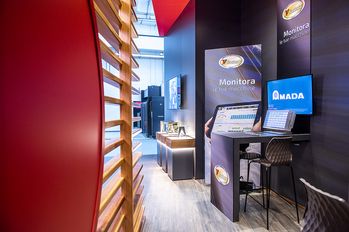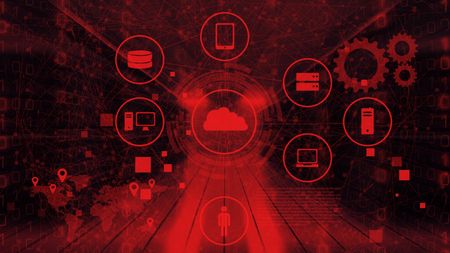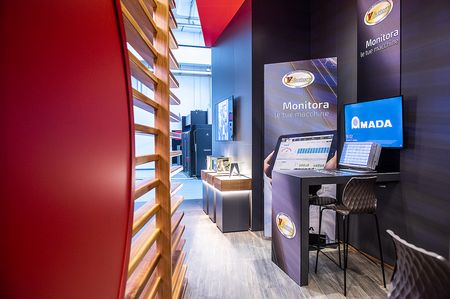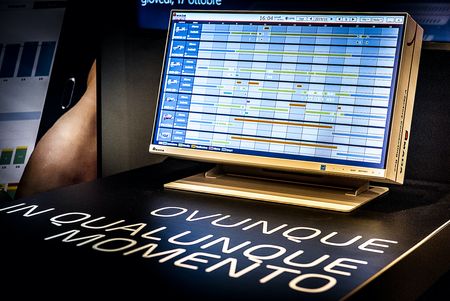
There is no doubt that the expression Industry 4.0 has now entered the common lexicon. At the same time, it is rather complicated to converge in a textbook definition such an important and pervasive paradigm shift; there are those who place the emphasis on robotics, who on new levels of automation and who prefers to dwell on the latest generation technologies designed to populate a smart factory.
The truth is that the expression Industry 4.0 identifies an industrial model enabled by the latest generation technologies and aimed at maximizing efficiency, productivity, quality and improvement of working conditions. In fact, it represents the highest point of the digital transformation applied to the productive ecosystem: for this reason, Industry 4.0 is neither robotics nor Artificial Intelligence, but a new industrial paradigm enabled by these and many other frontier technologies. It is also a very successful phenomenon: it is estimated that the market for smart manufacturing solutions can reach 384 billion dollars in 2025, but above all that it can grow with a CAGR of 12.4% from 2020 to 2025 (source: markets and markets) as evidence of how much industry is relying on advanced technology solutions to maximize efficiency, reduce lead time, accelerate time to market and, far from secondary, maintain high - or even improve - product quality.
.

Industry 4.0 and the data-driven universe: benefits and solutions
Compared to the paradigm of Industry 4.0, advanced technologies are therefore the enabling factor. At a technical level, a peculiar aspect of a smart factory is the progressive and constant approach between the (traditionally separated) segments of Information Technology (IT) and Operational Technology (OT) where the latter contains all the technologies dedicated to the management, control and automation of industrial plants.

All of this means, in practice, that today fundamentals of Industry 4.0 (or smart manufacturing) are also technologies typically belonging to the IT universe and data science: the Industrial Internet of Things (IIoT), with its actuators and sensors able to detect in real time the operating conditions of machines, industrial networks - in this area there is a lot of waiting for 5G -, the cloud platforms of data analysis imbued with Machine Learning, Computer Vision systems for quality control, the famous digital twins, augmented reality and edge computing, which is critical for tasks that require zero, or almost zero, latency.
The list of technologies that enable or would be comfortable in a smart or 4.0 model could go on for a long time, but here we are interested in highlighting an aspect that unites them all: the centrality of the data. The process of data acquisition, transfer and processing/analysis is the foundation of the 4.0 industrial model, which is therefore in effect a data-driven paradigm. Machine sensors (IIoT), for example, are responsible for the real-time collection of information and, through industrial gateways and networks, transmit it to the cloud (or edge) for processing, which in turn can use Data Lake and Artificial Intelligence algorithms: for those who manage production, for business but also for line operators, the practical result is a constantly updated overview of the production cycle, the "health" of the machines, productivity coefficients and the commitment of all resources, whether they are machinery, raw materials or real workers. Here are the first undoubted benefits of the 4.0 model: visibility, control, prevention, maximization of performance, resources, consumption and efficiency, things possible only if there are data on which to operate and if these are processed and exploited in the best way

Industry 4.0 and AMADA solutions, a perfect combination
AMADA solutions perfectly match the paradigm of Industry 4.0, exploiting the data to maximize the performance of the production cycle, provide visibility on interconnected production and optimize the control on the machines, even at a preventive level.
The V-factory system, consisting of a Connecting Box and the My V-factory portal (accessible from PCs and mobile devices), captures and shares all the essential data for precise and timely control of production: current status and availability of the machines, workloads, production history, any signs suggesting maintenance and an integrated analysis of the production process, including assessments of material and electrical consumption, so you can make the best data-driven decisions.

V-factory therefore provides visibility on the production process and allows the remote monitoring of the plants with a simple Internet connection: all this assumes central importance in every circumstance, but especially in night cycles and in those without operator. Data analysis, which V-factory provides in real time, is essential to meet the needs of a variety of functions: a production manager, intent on maximizing plant productivity and efficiency; of a businessman, whose attention goes above all to the elimination of the inefficiencies, lowering of the costs and respect of the productive timing; but also of the operators, that they can obtain the best possible results limiting to the minimum the unforeseen ones.